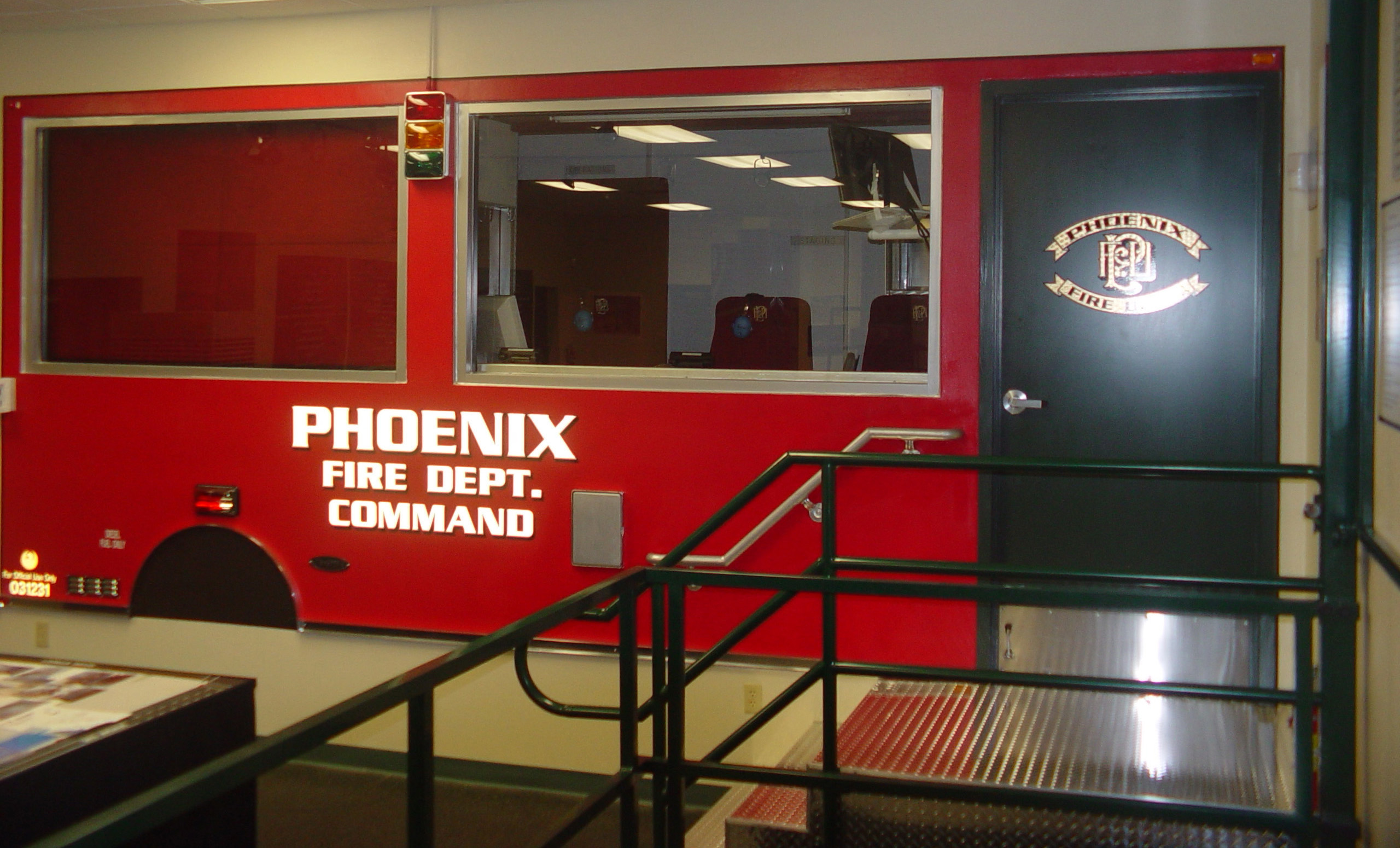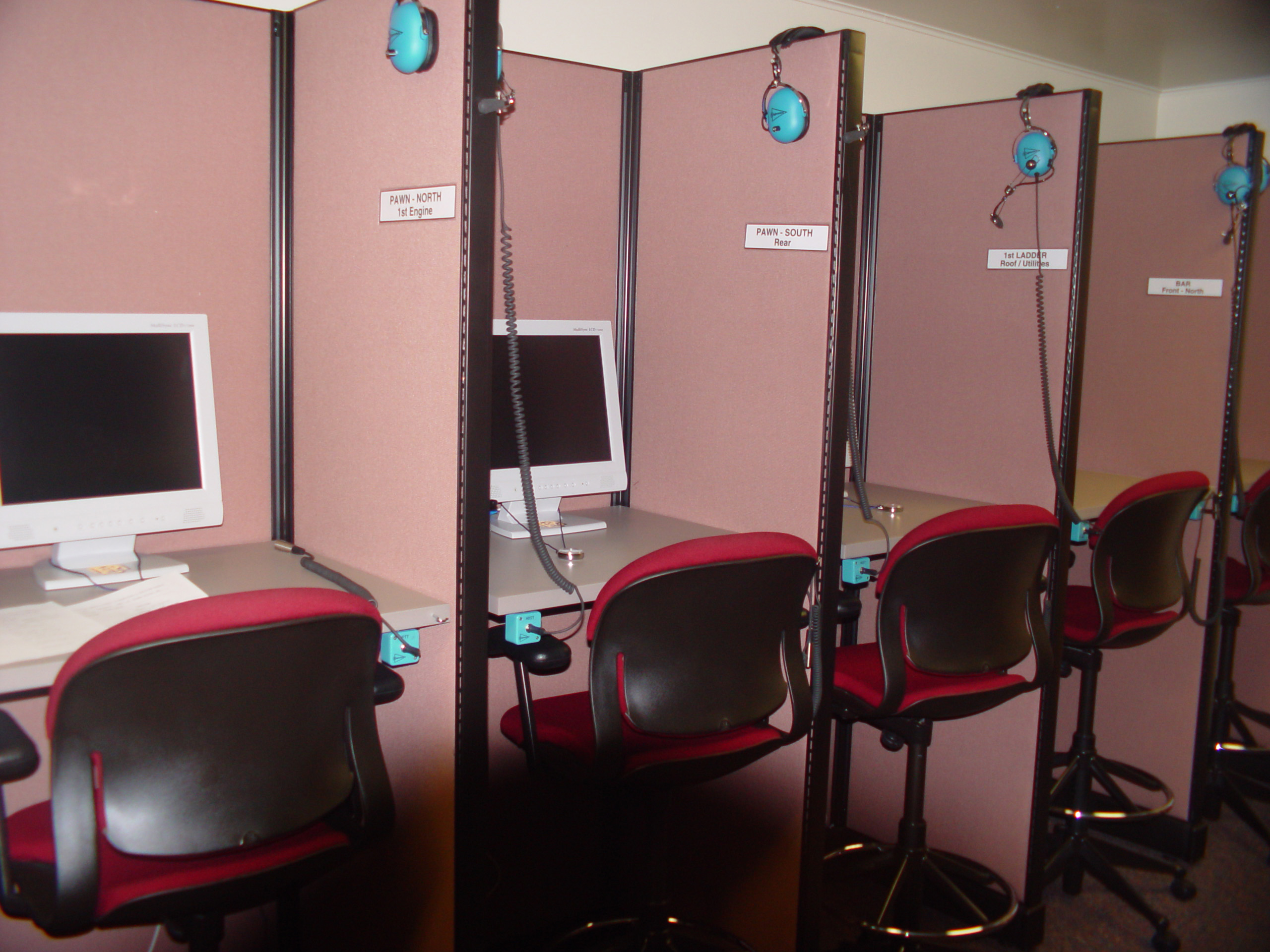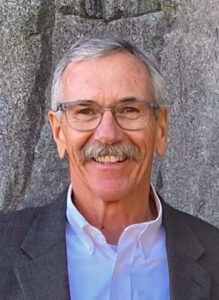A Safe Place to Crash & Learn: Training sessions should provide a judgment-free space to make mistakes.
June 27, 2025A Safe Place to Crash & Learn: Training sessions should provide a judgment-free space to make mistakes.
By Terry Garrison
B Shifter Buckslip, July 1, 2025.

Bruno set clear expectations for the OG CTC in Phoenix: He wanted a command training center, not a command hazing center, and no mistakes made at the CTC should be career-ending mistakes.
Years ago, I attended an annual local firefighter get-together known as the Taco Bust. Retired and current firefighters from several cities meet for two evenings to tell war stories, eat free tacos and drink free beer (the best kind of beer). Maybe it’s just my age, but I enjoy hearing stories from the past, and I am always surprised at how good the old-timers’ memories are. I can hardly remember what I had for lunch yesterday, and these guys can remember with great detail events from 30 to 40 years ago.
I noticed a group of about eight retired firefighters sitting at a table near the bar. Two of my probationary training captains, circa 1977, sat with the group. I thought, “What a great opportunity to thank them for shepherding me, a 19-year-old knucklehead, through probation.” As their conversation continued, my first training captain suddenly leaned forward and shouted at one of the other old-timers (they are all hard of hearing): “Hey, I never transferred you!” The other guy seemed to know exactly what he was talking about and answered, “I never said you did.” The Angry Captain said, “Yes, you did. You told old so-and-so that I transferred you because I didn’t like you. …” This sparked a back-and-forth debate that went on for a few minutes. It was quite entertaining. What I could surmise from the shouting is that in 1950-something, a transfer occurred, and there were still some hard feelings about it. Opinions had been formed, and they had not changed in 40 years.
After about 5 minutes, the debate about the 1950-something transfer ended because another round of free beer arrived at the table, and sorting out the glasses took priority. When I left that evening, and for the following few days, I thought about how we, as firefighters, have a hard time letting go of certain things. In many cases, we form opinions about people over the smallest misunderstandings or simplest mistakes, and then we strap that opinion or mistake around their necks, ensuring they wear it for the next 20 or 30 years. The fire service has a long history of this behavior. (I won’t deny it has generated some of our best nicknames. Our first fire department yearbook had an entire page dedicated to nicknames. My favorites were Howdy Doody, Major Burns, Captain Cuss and who could forget Scrotum Joe?) But what about mistakes that occur during training sessions? Do you hold people accountable for those mistakes long after the training is complete, or have you adopted a “What happens in training, stays in training” policy?
As we challenged our ICs & they challenged us, mistakes occurred. We would correct the behavior, follow up with a robust discussion & move on. We didn’t have the time or energy to beat up someone who was trying to do the best they could.
No Time for Punishment
I define training as a change in behavior. You would think training is the time when we want people to make mistakes so we can change the wrong behavior and move on. I was fortunate enough to work at the Phoenix Fire Department’s first Command Training Center during its creation. I remember Chief Brunacini sitting down with me and my two accomplices, Nick Brunacini and John Hinton, and hearing him say “CTC” for the first time. Back then, command training centers were a new concept. Bruno explained what he wanted us to do as the primary instructors, and he said something I won’t forget: We should challenge our members, but no mistakes made at the CTC should be career-ending mistakes. He also stated that he did not want a command hazing center; he wanted a command training center. This was important because the CTC and the training curriculum were born out of the Bret Tarver Southwest Supermarket tragedy. The CTC would use the lessons learned from that horrible event to challenge the way we had been operating for years.
Support Fuels Engagement
Moving forward, we believed the first time an incident commander experienced a mayday should be at the CTC and not on the fireground. We were challenging the task, tactical and strategic levels regarding all aspects of performance and risk management. Our goal as instructors was to move the organization forward in a rapid, determined way and to motivate our ICs, specifically. As much fun as we had working together (pulling each other’s fingers and stuff like that), when we entered the CTC, it was game on. As we challenged our ICs and they challenged us, mistakes occurred. We would correct the behavior, follow up with a robust discussion and move on. We didn’t have the time or energy to beat up someone who was trying to do the best they could. (Remember, we were coming off a firefighter fatality, and every member was engaged and motivated to learn.) Don’t get me wrong: There were times when someone would do or say something that was so out of whack that it would surprise everyone in the room, and it was our job to identify the issue and push the individual. There were days we felt we had been hard-core mining for eight hours straight. We put more than 300 Phoenix-area officers through each of the eight training modules.

There will be times when someone says or does something so goofy during training that you’re tempted to give them a hard time about it. Resist the urger and be patient. How you respond to their mistakes can have lasting effects.
One of the most important aspects of the “What happens in training, stays in training” concept was creating a supportive environment so everyone would want to return for the next module. We knew that if we made sport of the learners’ mistakes, it would damage the CTC’s reputation, and the CTC would lose credibility. As training continued and people felt more comfortable, we saw the change in training sessions. The conversations became more robust, and people who usually wouldn’t speak were contributing to the conversation. As Nick, John and I moved forward, we became facilitators vs. instructors. That is when the CTC really hit its stride. Energy was high, and learning was vigorous. At the end of each session, it seemed we would have to force people to leave the classroom and return to their duty assignments because they wanted to continue discussing the lessons learned.
I know it is sometimes difficult not to make sport of someone when they say something that is downright crazy. There is one chief officer I run into every once in a while, and I can’t help but remember a statement he once made. It was during a meeting with our fire chief and about a dozen chief officers. We were discussing a fairly complex issue, and everyone had their own opinion. At one point in the debate, Chief So and So stated, “The way I see it, there are three choices, and we can pick either one.” Enough said. …

In 2007, Terry Garrison retired from the Phoenix Fire Department after serving more than 30 years. Working for Alan Brunacini and reaching the rank of assistant chief of operations helped shape Terry’s consistent values: firefighter safety and customer service. After a quick retirement, Terry served as the fire chief of the Oceanside (Calif.) Fire Department for almost three years. He then served as the chief of the Houston Fire Department for more than five years. Terry eventually moved back to where he was raised and served as the fire chief for the Glendale (Ariz.) Fire Department for more than six years before officially retiring from government service. Including his two years in the U.S. Army, Terry has worked for the government and worn a nametag and a helmet for over 47 years. (Thank goodness for helmets.) In addition, he has traveled throughout the world teaching Fire Command, utilizing his master’s degree in education. Today, Terry and his wife, Annette, live in Phoenix. He will continue to stay connected to the fire service by working with B Shifter.



